Strabo paints in the age old “atelier tradition” that goes back to Velazquez, carried on by Reynolds and Singer Sargent to the last traditional teaching studio in Florence.
His approach is influenced by classical philosophical training in Ancient Greek aesthetics as transmitted through Renaissance Italy.
The creative spirit is energised by savage epic poetry, and a shamanistic response to ancient apotropaic objects.
His projects are in paint, photography, original filmed interviews and situationist performance events.
Charles Cecil has eloquently explained the origins of the technique:
“The Studios, founded in 1991 to perpetuate the atelier tradition, a practice stemming from Renaissance Italy in which a master painter opens his studio to a select group of dedicated students. The Charles Cecil Studios has a teaching tradition goes back to the École des Beaux-Arts and the atelier-trained John Singer Sargent. The curriculum stems directly from the leading ateliers of nineteenth-century Paris. Fundamental to the teaching is the practice of drawing and painting from life.”
Another important practice is the sight-size technique whereby subject and image are depicted to scale as seen from a given distance.
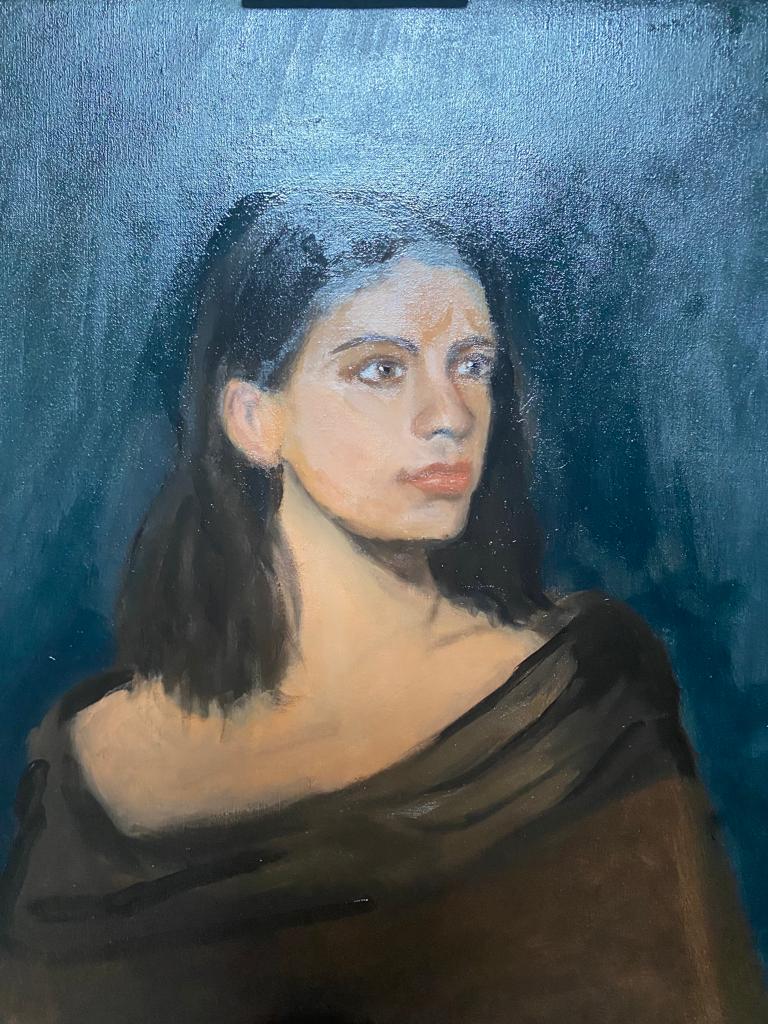
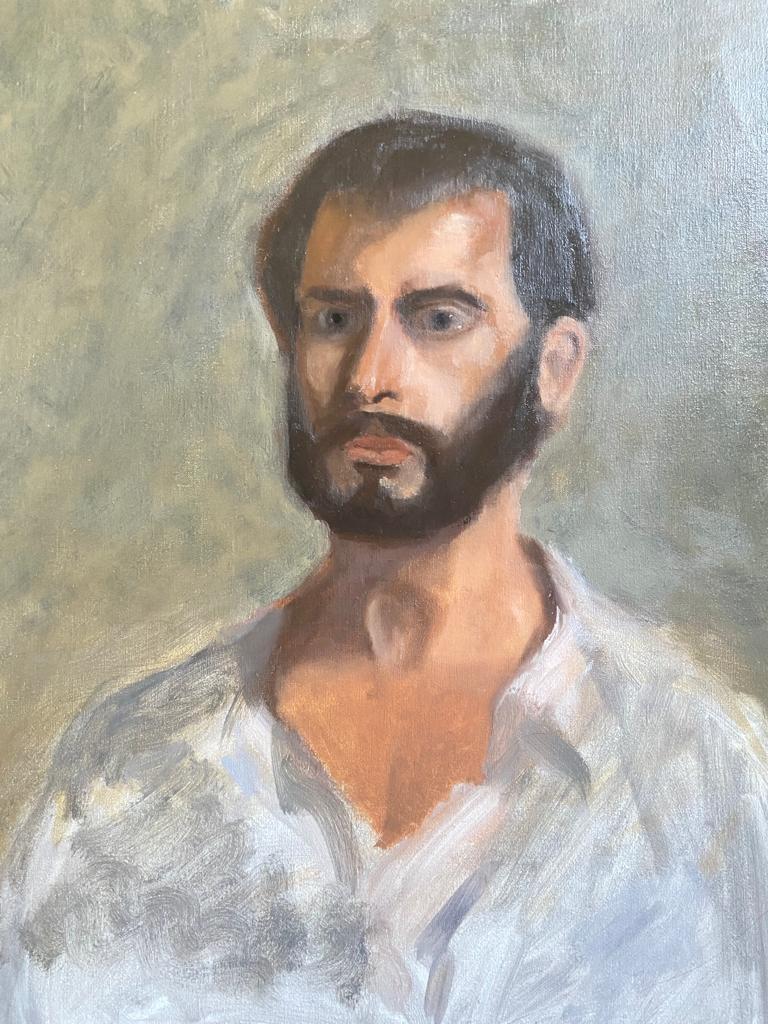
The sight-size method, which has been handed down from master to pupil throughout the centuries. Sight-size is an invaluable way of working to the scale of life, under natural light, whereby the subject and image are viewed side-by-side at a distance. The painter works standing and approaches the canvas repeatedly to convey the impression of the whole, as opposed to a piecemeal rendering of the parts. Knowledge of sight-size is equally important for drawing and painting under the scale of life. It should be noted that the origins of the practice can be traced to the Renaissance treatises of Alberti and Leonardo da Vinci.
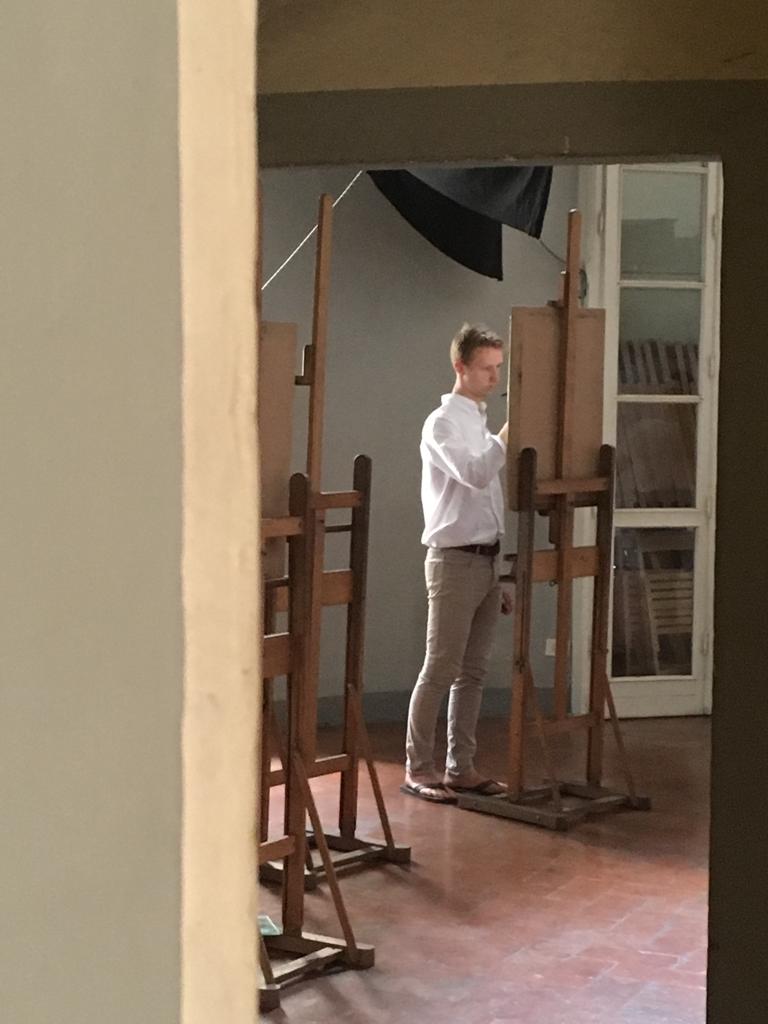
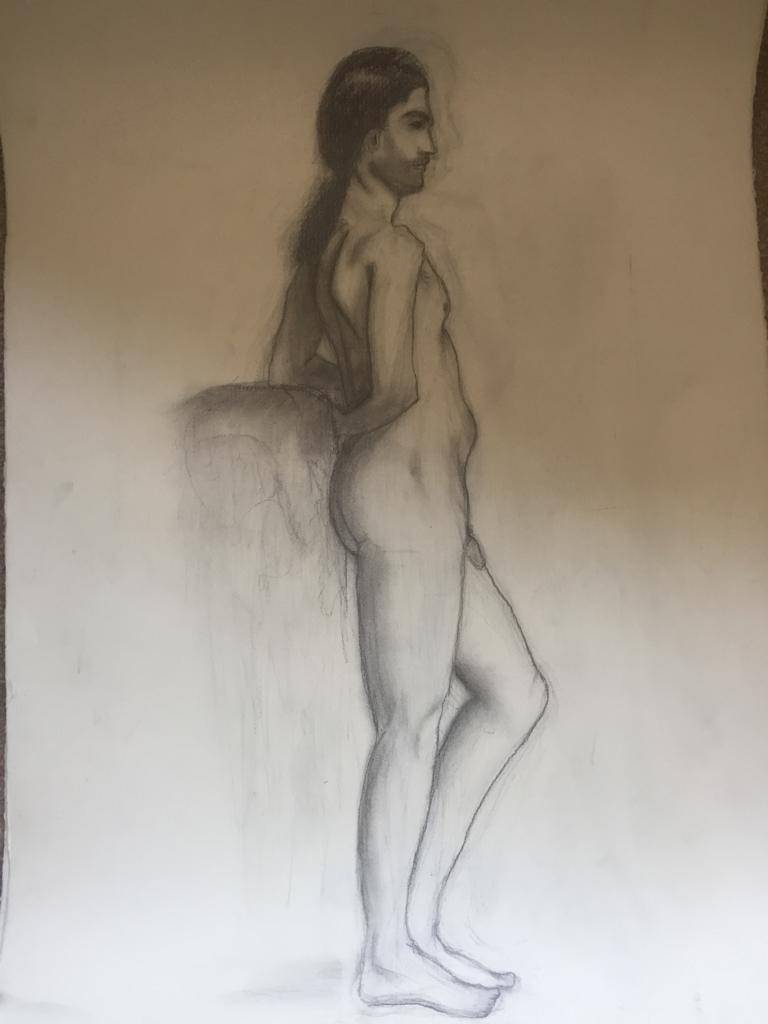
A sight-size portrait to the scale of life is neither static nor photographic. It manifests a freedom of brushwork that comes into focus when perceived from afar. Too often misconstrued as a mere measuring technique for accuracy, sight-size is, above all, a unique means of attaining truth to nature through individual expression. Reynolds and Gainsborough used the same procedure, but their handling of oil paint and characterization can never be confused – so, too, Velázquez and Hals, or Whistler and Sargent. Sight-size is not a stylistic convention, fashion, or manner delimited by a particular epoch; it is, instead, a visual continuum that reaches to the future and the past. For this reason, masters of different eras like Velázquez, Raeburn, and Sargent can bear such a close kinship.
“The art of seeing Nature, or in other words, the art of using Models, is in reality the great object, the point to which all our studies are directed.”
– Sir Joshua Reynolds
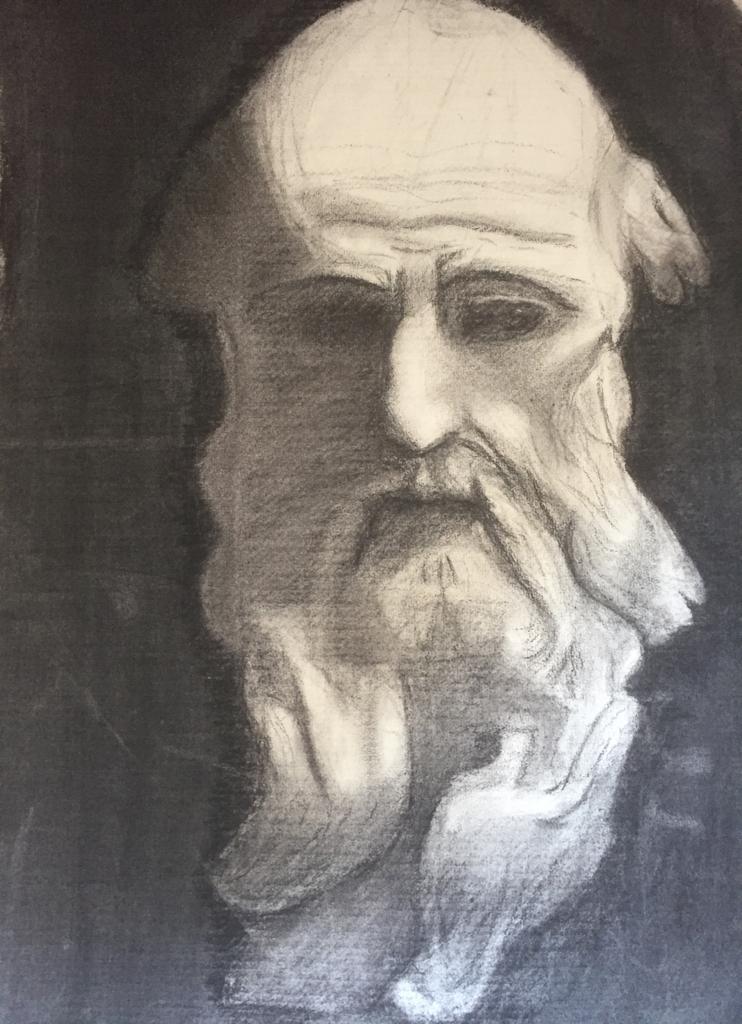
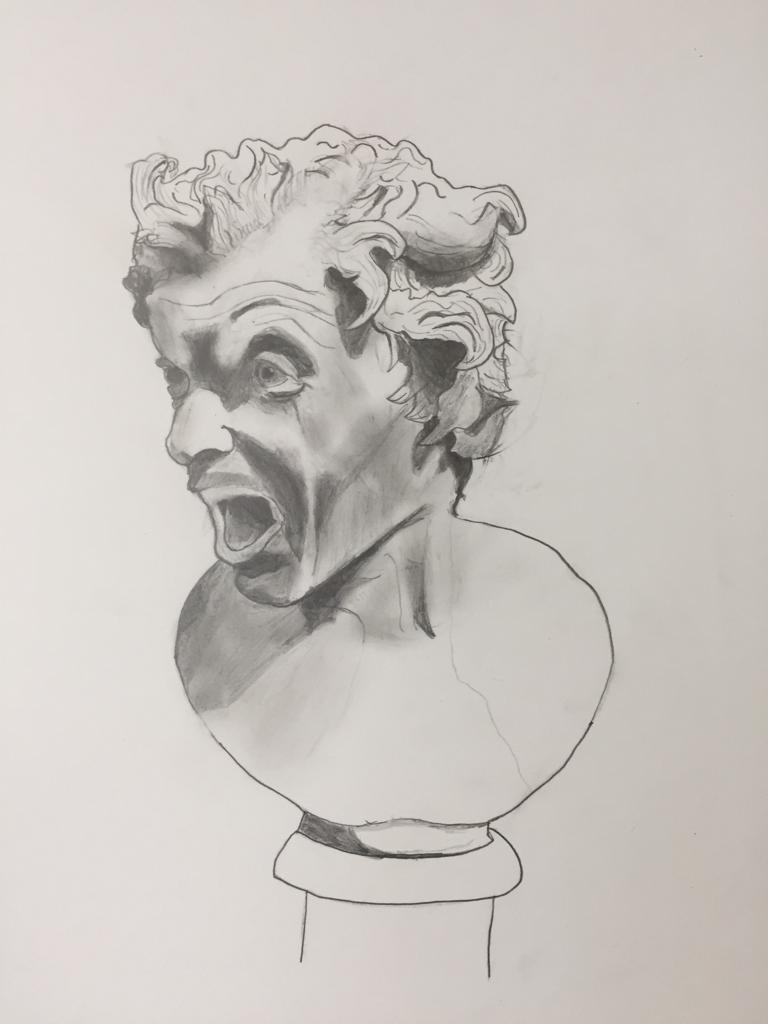
Unlike contemporary art schools in the West, Charles Cecil Studios, The Florence Academy and The Angel Academy focus almost exclusively on the skill of drawing, painting and sculpting from life under natural light. Students progress through a series of exercises designed to train their eye and improve their technical skills, under the watchful eye of a master.
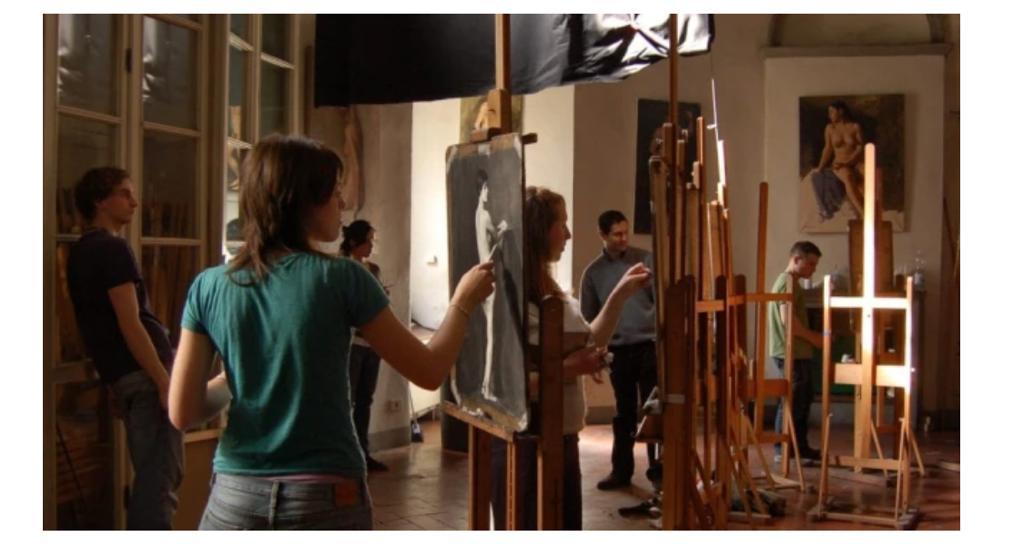
Strabo paints in the age old “atelier tradition” that goes back to Velazquez, carried on by Reynolds and Singer Sargent to the last traditional teaching studio in Florence.
His approach is influenced by classical philosophical training in Ancient Greek aesthetics as transmitted through Renaissance Italy.
The creative spirit is energised by savage epic poetry, and a shamanistic response to ancient apotropaic objects.
His projects are in paint, photography, original filmed interviews and situationist performance events.
Charles Cecil has eloquently explained the origins of the technique:
“The Studios, founded in 1991 to perpetuate the atelier tradition, a practice stemming from Renaissance Italy in which a master painter opens his studio to a select group of dedicated students. The Charles Cecil Studios has a teaching tradition goes back to the École des Beaux-Arts and the atelier-trained John Singer Sargent. The curriculum stems directly from the leading ateliers of nineteenth-century Paris. Fundamental to the teaching is the practice of drawing and painting from life.”

“The art of seeing Nature, or in other words, the art of using Models, is in reality the great object, the point to which all our studies are directed.”
– Sir Joshua Reynolds

